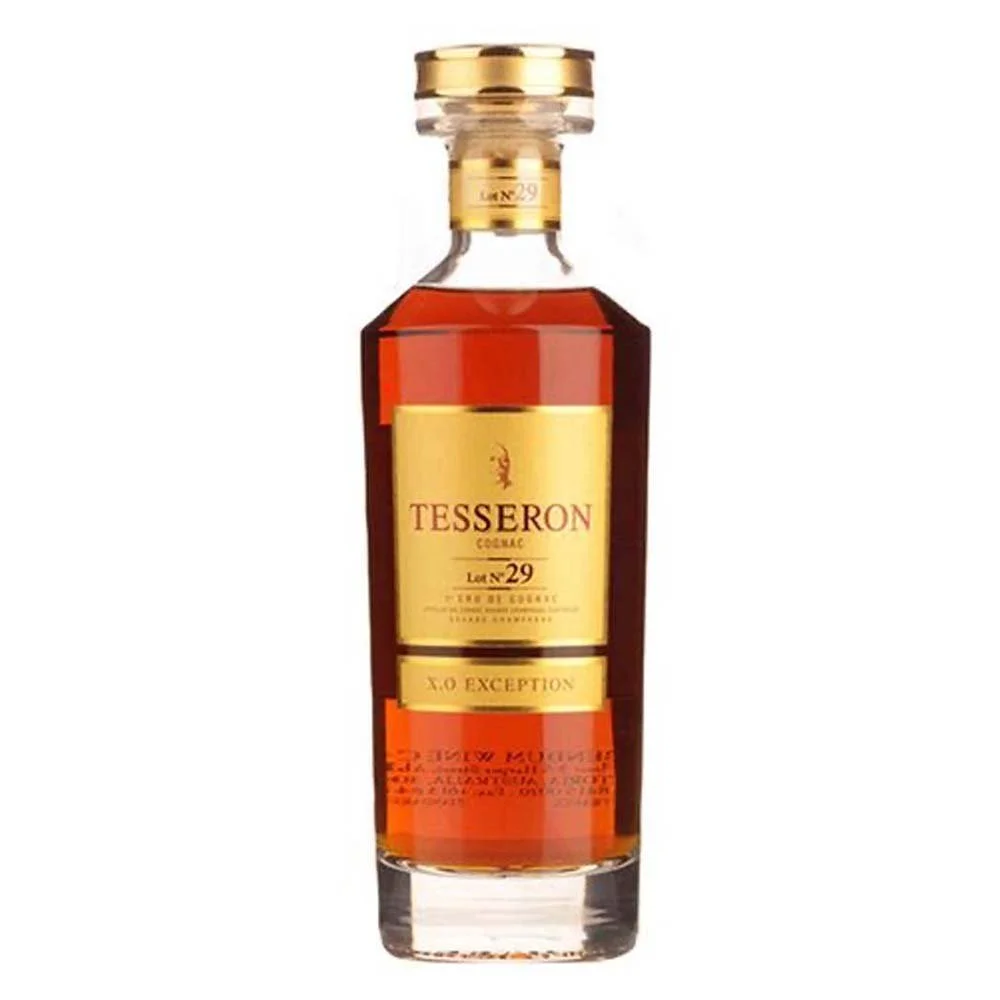COGNAC
Refined French Brandy with Global Prestige
Cognac is a prestigious style of brandy from western France, renowned for its elegance, finesse, and long aging tradition. Made exclusively from white grapes—primarily Ugni Blanc—Cognac is double-distilled in copper pot stills and aged in French oak, resulting in a spirit that balances fruit purity with layers of spice, florals, and rancio (oxidative complexity). With strict regulations protecting its heritage, Cognac is synonymous with quality, tradition, and timeless luxury.
Key Characteristics
Cognac is typically smooth and structured, offering floral and fruit-driven aromas in its youth and deep complexity with age. Oak aging imparts vanilla, spice, and nutty notes, while older Cognacs develop rich textures and savory-sweet nuances.
Style
Fruit-based, oak-aged brandy
Body
Medium to full
Alcohol
40% ABV (minimum)
Base Grapes
Ugni Blanc (primary), with limited use of Colombard and Folle Blanche
Typical Flavors
Fresh pear, white flowers, dried apricot, vanilla, baking spice, honey, toasted almond, leather, tobacco (in older expressions)
Origin & History
Cognac production centers around the town of Cognac in France’s Charente and Charente-Maritime departments. The region’s chalky soils and temperate Atlantic climate provide ideal growing conditions for Ugni Blanc. The spirit’s roots date back to the 16th century when Dutch traders began distilling local wine for stability during export. Over time, the practice evolved into a refined, regulated craft—one that now defines excellence in aged brandy. The Cognac region is divided into six crus (growing zones), with Grande Champagne and Petite Champagne considered the most prestigious. “Fine Champagne” Cognac refers to a blend of these two.
How It’s Made
Fermentation
Neutral white grapes are fermented into acidic white wine.
Double Distillation
Using traditional copper pot stills, the wine is distilled twice into a clear eau-de-vie.
Aging
Cognac is aged in Limousin or Tronçais oak barrels for a minimum of two years (often much longer).
Blending
Master blenders combine eaux-de-vie of different ages and origins for balance, depth, and style.
Notable Regions
Cognac is divided into six crus (growing zones), each imparting distinct characteristics to the final spirit. These zones are protected by AOC laws and form the backbone of Cognac’s identity.
Grande Champagne
The most prestigious cru; known for highly structured, long-aging Cognacs with floral finesse
Petite Champagne
Slightly softer than Grande, but still elegant and age-worthy
Borderies
The smallest cru; produces rounder, more floral Cognacs
Fins Bois
Offers supple, fruity brandies used in blends for early drinking
Bons Bois & Bois Ordinaire
Coastal and rustic areas; used mostly for young or mass-market blends
Fine Champagne Cognac
Refers to a blend of Grande and Petite Champagne, with at least 50% from Grande.
Cocktail Pairings
Cognac’s depth and balance make it an excellent base for classic and elevated cocktails.
Brighter
French 75 (Cognac, lemon juice, simple syrup, Champagne)
Sidecar (Cognac, orange liqueur, lemon juice)
Bolder
Vieux Carré (Cognac, rye, sweet vermouth, Bénédictine, bitters)
Sazerac (Cognac, absinthe rinse, sugar cube, bitters)
Seasonal
Spiced pear cocktail, Cognac hot toddy, holiday punch with Cognac and citrus
Food Pairings
Cognac’s richness and complexity pair beautifully with savory, creamy, and sweet dishes.
Cheese
Aged Gouda, Comté, Roquefort
Savory
Duck with fruit glaze, charcuterie, pâté or foie gras
Dessert
Tarte Tatin, crème brûlée, almond cake, dark chocolate truffles
How to Serve It
Glassware
Tulip-shaped glass or white wine glass to concentrate aromatics and highlight nuance
Temperature
65°F (18°C); serve at room temperature
Storage
Store upright in a cool, dark place; Cognac is shelf-stable and can be enjoyed over months once opened
Fun Fact
By law, Cognac can only be distilled from grapes harvested in specific zones and must undergo distillation between October and March following harvest—reinforcing its deep connection to seasonality and place.
Recommended Producers
These houses exemplify the diversity and craftsmanship of Cognac, from elegant VSOP expressions to rare, age-worthy X.O. blends that highlight terroir, tradition, and refinement.
Martell
One of Cognac’s oldest and most respected houses, known for its smooth, fruit-forward style and refined blends like their classic VSOP.
Rémy Martin
A leading Cognac producer specializing in Fine Champagne expressions, offering depth, richness, and balance in celebrated bottlings like VSOP.
Tesseron
A boutique, ultra-premium Cognac house focused on long-aged expressions like Lot 29 X.O., revered for their exceptional complexity and elegance.
Recommended Pours
Martell - Cognac VSOP — A smooth and elegant Cognac with notes of stone fruit, vanilla, and subtle spice, showcasing Martell’s signature finesse.
Remy Martin - VSOP Cognac — A rich and harmonious Cognac with ripe fruit, toasted oak, and a velvety texture, crafted exclusively from Grande and Petite Champagne crus.
Tesseron - Lot 29 X.O. Exception Cognac — An ultra-premium Cognac aged for generations, offering deep complexity with layers of dried fruit, chocolate, and lingering rancio elegance.




